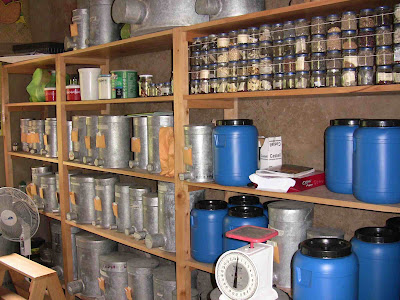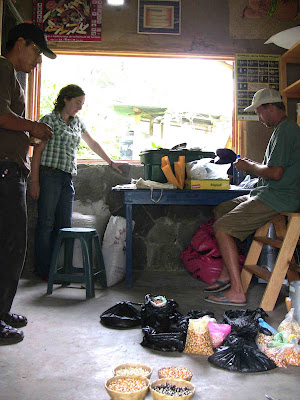

El Salvador must be the hottest place in Central America. The water, at 82 degrees F, doesn’t refresh that much. The waves are great and the people as friendly as it gets, but it was just too hot for a couple of super-hueros like us. The Familia Rotherham has adjusted well, and graciously hosted us again at their oceanside oasis. Muchisima gracias Don Roberto y Jimmy!
Heading north from El Salvador we sought out some sweater weather and cooler climate scenery of the highlands of Guatemala. In the heart of the country the mountains rise steadily and hide some amazing cultural and natural gems, including el Lago de Atitlan.

Lake Atitlan has supported life for thousands of years. The highland mountains trap moist air as it passes to the north and coerce the clouds to free their weight of water unto the land. Frequent streams find their way to the valley floor, which is the lake, and fill it with the fertile soils from the mountain-sides. Fish thrive in the clear water, and trees line the shore.
Along with the trees and animals came the people. They too built their settlements along the shore. As their number grew, so did their range, eventually occupying the entire lake-shore. Each settlement developed its own language and style of dress. Still today you can tell if a person is from San Lucas Toliman or from Panajachel by the type of embroidery on their hand-woven clothing, or by what dialect they speak.

This diversity of culture mirrored the diversity of the forest. Many crops now replace much of the native vegetation; coffee can be seen planted on the most precipitous slopes all the way to the road side, and avocados fill in the alluvial flats surrounding the lake. A wide variety of vegetables are grown in the region as well, the cool climate and fertile soils support cabbage and beets, alongside bananas and beans.
We found our way along the lakes edge to our potential destination, Instituto Meso-Americana de Permacultura, or IMAP (http://www.imapermacultura.es.tl/). The Institute’s buildings are tucked into the hill just above the lake, nestled amongst huge Ficus trees. Many footpaths meander through the terraces, dragon fruit brushing your thighs as you walk. We met up with Sustainable Production Manager Ajcot Gregorio and Volunteer Co-ordinator Sarah for a little tour of the property.

The property is a little sliver of the lake shore, filled with a virtual forest of food. Everywhere you step you need to look, so as not to crush a little carrot plant or some young bean plants growing under the mulberry bushes. As we walked, Gregorio explained the various design elements and the mission of IMAP.
Founded in 2002, IMAP serves as a nexus for central American Permaculture. They host workshops and colloquiums for locals and international students every year. Many sustainable alternatives for living are on display and in use, including rainwater harvesting, edible landscaping, composting toilets, natural building with cob and bamboo, solar and wind power, and more efficient types of cook stoves.
One main focus of IMAP is a seed bank. They have been collecting, growing out, and distributing various vegetable and fruit strains that are suitable to intensive and sustainable farming. They work with local growers just as a normal bank would; they loan local farmers one pound of seeds in exchange for two pounds after the harvest. In this way, they can distribute useful seeds far and wide rather quickly.
Walking around IMAP, we were so grateful for what they were doing. Simply to find a place to get fresh organic produce was a novelty in much of central America. We grazed on lettuce and carrots, and picked beets and chard. What a great thing to cook vegetables that grew in the ground you were walking on that day!


Leaving IMAP, we meandered north around the lake through some very narrow streets (designed for horse carts not semi trucks) in the many towns you must find your way through on your way to Quetzaltenango and further north to the border with Mexico. We learned the hard way that you should not try to navigate the hills of Guatemala during a fog and rain storm at night.
Alas, we have found it safely back to Mexico, and have met up with some great friends. Thank you all for reading and please stay tuned soon for the next installment!

















